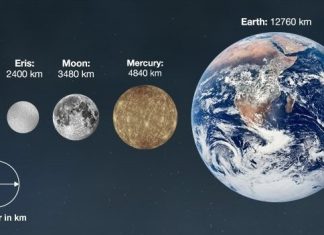
Prehistoric beasts once roamed the region. Image Credit: CC BY 2.5 Public Library of Science
Britain’s distinctive coastline might be familiar to us today, but prior to around 7,500 years ago its land mass wasn’t actually an island at all – instead stretching right the way across what is now the North Sea and connecting Britain up with mainland Europe through a region known as Doggerland.
Before being swallowed up by rising sea levels at the end of the last Ice Age, this huge 100,000 square-mile expanse was home to prehistoric beasts such as mammoths and tribes of modern humans who had been moving back in to Europe around 12,000 years ago.
Now as part of a ground-breaking new research project – the largest of its kind ever attempted – archaeologists are looking to piece together the lives of Doggerland’s long-lost inhabitants.
The first stage will involve sinking bore holes in to the bottom of the North Sea to locate samples containing evidence of sophisticated farming practices and other human activities.
Hundreds of these samples will be sent to universities across the country so that researchers can look for signs of pollen, seeds, DNA material and other clues.
The team’s findings could serve to not only revolutionize what is known about these ancient Britons but could even rewrite the history books with regard to the early spread of human agriculture.
“Because these areas of continental shelf became sea, they have been inaccessible to archaeologists until now,” said project leader Professor Vince Gaffney.
“However, this project will access new data at a scale never previously attempted. Novel mapping, DNA extraction and computer modelling representing people, animals and even individual plants will generate a 4 dimensional model of how Doggerland was colonised and eventually lost to the sea.”
“A dramatic, and previously lost, period of human prehistory will begin to emerge from the seismic traces, fragments of DNA and snippets of computer code that will form the primary data of this innovative archaeological project.”













